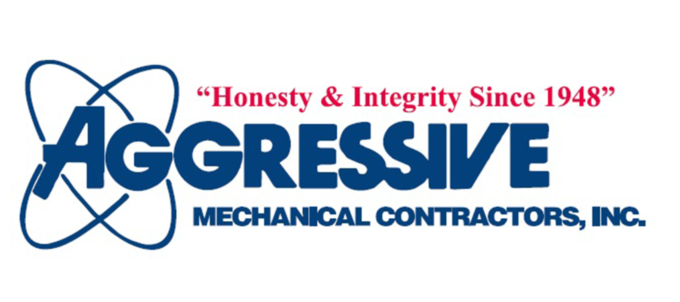Many people only schedule air conditioning repair when their system breaks down. However, the reality is your air conditioner will often give warning signs before a complete breakdown that results in new AC installation. Noticing early problems and calling the experts at Aggressive Mechanical to fix issues early can save you from the hassle and expense of a full AC system breakdown. More important, it can stop you from having to endure the uncomfortable feeling of having your AC stop working on a really hot day.
When you call us, our team of highly trained HVAC technicians will diagnose the issue, fix the problem and get your AC back on track. We have years of experience and provide top-tier, budget-friendly AC service for area residents.
Why put off calling the pros until your cooling system stops working? Skip all that hassle by calling 732-502-9300 today to schedule AC repair in Neptune City, NJ, from Aggressive Mechanical.

How to Know if You Need AC Repair
How can you tell if your air conditioner requires service? From strange odors to no cold air coming from the vents, there are many symptoms that your cooling system has is malfunctioning and needs attention or service.
Here are some warning signs that trouble may be developing and it’s time to call an HVAC technician from Aggressive Mechanical:

AC won’t blow cold air
If heated air is coming from your AC unit instead of cool air, or if the air isn’t as cool as it should be, it’s a smart move to call us for professional cooling service.
Air conditioner keeps turning on and off
If your AC system turns on and off instead of maintaining steady operation, it could be a symptom of underlying trouble and should be evaluated by one of our certified HVAC technicians.


Cooling bills spike for seemingly no reason
A sudden spike in your energy costs can be a sign your AC unit is not running efficiently, which means it uses more energy to cool your home and needs AC maintenance or repair.
Strange smells are coming from your air conditioning
Air conditioners shouldn’t produce odors. Weird smells coming from your AC unit should be checked by an expert, as they can be a red flag for issues like mold, mildew or even electrical issues.


AC makes loud noises when it runs
If you hear odd noises when your air conditioner is running — thumping, scraping or screeching, to name just a few — it’s important to call for professional HVAC service to find out what’s wrong.
Request Pro Air Conditioner Repair Now
When you require air conditioning service quickly, contact the HVAC repair experts at Aggressive Mechanical at 732-502-9300. We’ll quickly identify the problem when your equipment won’t work or provide enough chilled air.
